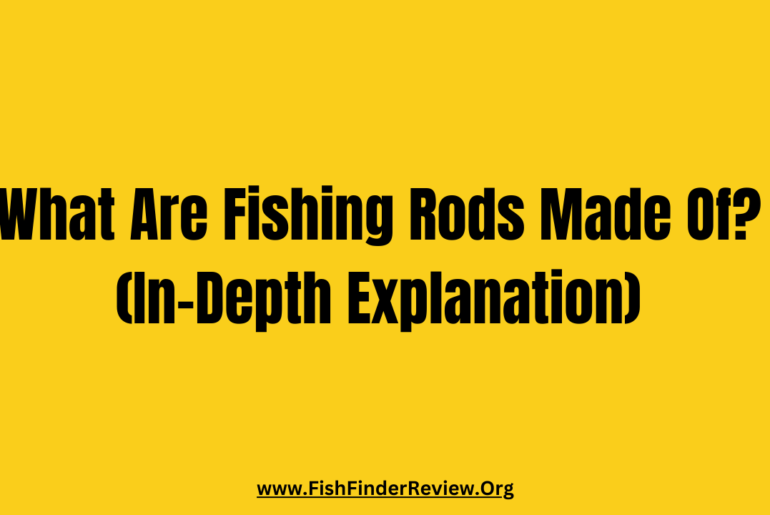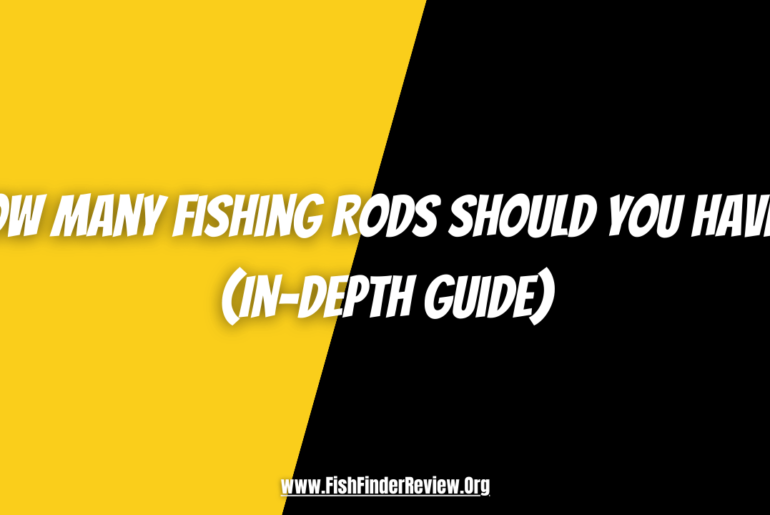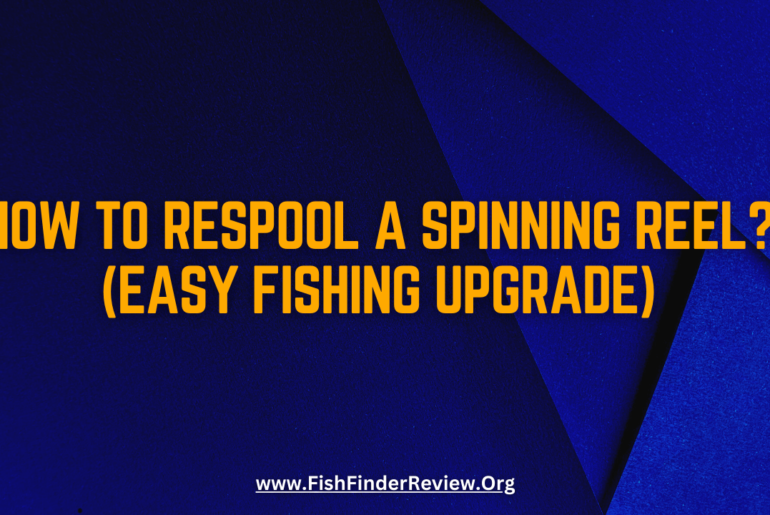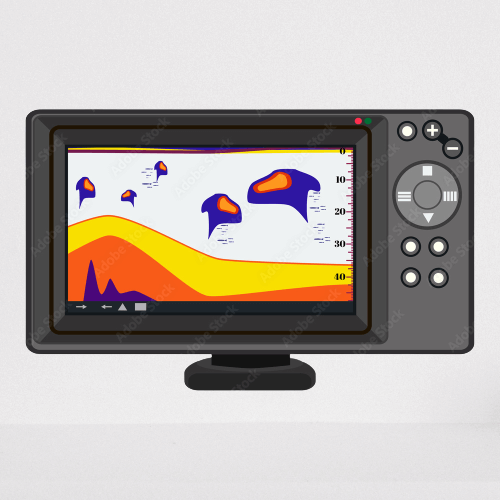Hello everyone, Fish finders are essential tools for both professional and recreational anglers. These devices use sonar technology to detect fish and underwater structures, making fishing more efficient and enjoyable. With numerous brands and models on the market, finding the best fish finder can be a daunting task. This article aims to provide a comprehensive guide to help you choose the best fish finder that suits your needs. Key Features to Consider in a Fish Finder Display Quality Screen Size: Larger screens offer better visibility and allow you to see more details at a glance. Typical sizes range from 4 inches to 12 inches or more. Resolution: Higher resolution screens provide clearer images, making it easier to distinguish between fish and other underwater objects. Look for models with at least 800 x 480 pixels for optimal clarity. Color vs. Black and White: Color screens provide more detailed and accurate representations of underwater structures, while black and white screens are generally cheaper and consume less power. Transducer Quality Importance of Transducers: The transducer is the heart of a fish finder, as it emits and receives sonar signals. A high-quality transducer ensures better performance and more accurate readings. Cone Angles: The cone angle determines the width of the sonar beam. Wider cone angles (e.g., 60 degrees) cover a larger area, while narrower angles (e.g., 20 degrees) provide more detailed information but cover a smaller area. Frequency Ranges: Fish finders typically use frequencies between 50 kHz and 200 kHz. Lower frequencies penetrate deeper but offer less detail, while higher frequencies provide better detail but have a shorter range. CHIRP sonar technology uses a range of frequencies to provide the best of both worlds. GPS and Navigation Built-in GPS: Many modern fish finders come with built-in GPS capabilities, allowing you to mark waypoints, track your route, and navigate to your favorite fishing spots. Mapping Features: Some fish finders come with preloaded maps or the ability to create your own custom maps. This can be particularly useful for exploring new waters and finding the best fishing locations. Sonar Technology CHIRP Sonar: CHIRP (Compressed High-Intensity Radiated Pulse) sonar sends out multiple frequencies simultaneously, providing clearer and more detailed images of underwater structures and fish. Dual-Beam Sonar: Dual-beam sonar uses two different frequencies to provide a good balance between depth and detail. It’s ideal for versatile fishing environments. Side Imaging: Side imaging sonar provides a wide, detailed view of the underwater area to the sides of your boat, making it easier to spot fish and structures that might be missed with traditional down imaging. Portability and Mounting Options…
From humble beginnings with bamboo rods to the technological advancements of modern graphite, the evolution of fishing rod materials has…
Are you an angler on the lookout for the ultimate companion to enhance your fishing adventures? Look no further than…
Hello Everyone, Are you an avid angler struggling to decide how many fishing rods you should have in your collection?…
Fishing has evolved significantly over the years, thanks in large part to the advent of technology. One of the most…
Hello Everyone, When it comes to finding the perfect fish finder, one of the most crucial aspects to consider is…
Hello Everyone, For avid anglers, the fishing reel is an essential tool, and maintaining it is a critical aspect of…
Hello Everyone, In the world of fishing, the choice of equipment can make all the difference between a successful outing…
Fishing has evolved from a simple pastime to a technologically advanced pursuit, and the Minn Kota Ulterra trolling motor stands…
If you’re wondering which fishing rod to buy, you’re in the right place! Choosing the perfect fishing rod can make…










